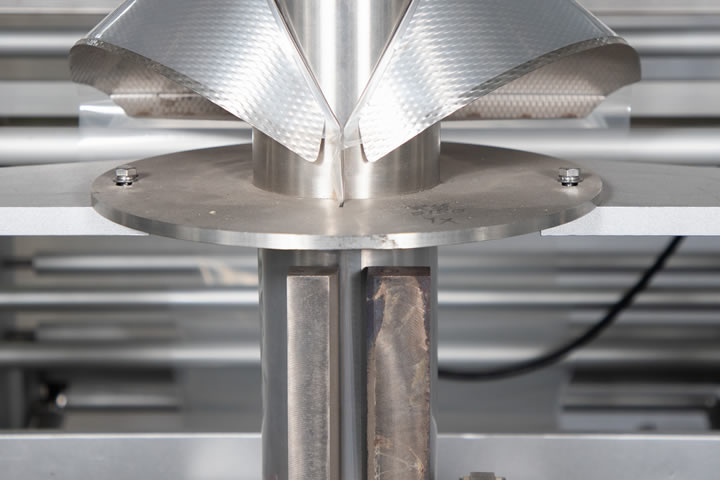"The detection error of this batch of ampoules must be controlled within the range of hair thickness!" In late autumn last year, this sentence from the quality director of a domestic pharmaceutical company made the Ply-Pack technical team realize that in the battlefield of pharmaceutical packaging, victory or defeat is often decided within 0.3mm. This company that produces vaccine prefilled syringes has been troubled - the traditional testing equipment has a high rate of missed detection of fine scratches on glass ampoules, which means that there may be 3,000 potential risk products for every 100,000 products. What's more difficult is that a temperature fluctuation of 0.5¡æ on the production line will cause the robot arm to deviate from the position, which may affect the sealing of the packaging at the least, or even cause the entire batch to be scrapped.

"This is not a technical problem, but a matter of life and death." At the project launch meeting, the ply-pack engineer's words set the tone for research and development. Three weeks later, a smart production line equipped with dynamic compensation technology completed the first round of testing in the customer's workshop: when simulating temperature fluctuations, the equipment automatically corrected the robot arm offset of 0.28 mm within 0.8 seconds, and the packaging accuracy was stabilized at the industry limit of ±0.3 mm. The production supervisor of the pharmaceutical company stared at the real-time monitoring screen and exclaimed: "You have made the equipment into a 'living' system!"
The core of this industry solution is to translate the special needs of the pharmaceutical industry into technical language. We embed a temperature control module under the conveyor belt to achieve a constant temperature accuracy of ±0.1¡æ in the packaging environment; the visual inspection system uses a ring light source matrix, which can capture 0.05 mm hairline cracks even when the glass bottle is tilted at 30°. What surprised customers the most was the flexible line change design: switching from 1ml vials to 5ml vaccine vials, the production line can complete the adaptive adjustment of the entire system in just 18 minutes.
During the trial operation phase, a set of comparative data completely convinced the pharmaceutical company: when using traditional equipment, the loss caused by packaging errors was about 12 per hour; after connecting to the ply-pack intelligent production line, this number was zero. More importantly, the production line has achieved data interoperability with pharmaceutical equipment-when the filling process is abnormal, the packaging end can be synchronously shut down within 0.5 seconds to avoid the production of "sick" finished products.
"Now our equipment can 'breathe'." The customer's technical vice president made such an analogy at the acceptance meeting. He was referring to the built-in airflow balance system of the equipment: when the positive pressure environment of the workshop changes, the packaging sealing module can automatically adjust the air pressure difference to ensure that the sealing strength of the aluminum cap is always maintained in the golden range of 9-12N·m. This dynamic compensation technology originated from the aerospace field has now found a new stage in the pharmaceutical packaging scene.
Three months later, we received an email from Southeast Asia. It turned out that after visiting the production line of the headquarters, the Malaysian branch of the pharmaceutical company took the initiative to propose to introduce the same configuration. A photo was attached at the end of the email: On the dark blue equipment shell, a striking ±0.3mm precision certification label was affixed next to the ply-pack logo, and "Guardian of the Lifeline" was written in Chinese and English below.
Standing in the observation channel on the second floor of the customer's workshop, watching the glass bottles being tested, loaded, and sealed on the intelligent production line like flowing water, I suddenly remembered the night of endless debate in the early stage of research and development-some people questioned whether it was worthwhile to invest millions of research and development funds to overcome 0.3 mm. Today, when this system guards 300,000 vaccines to arrive safely at the terminal every day, all the answers have turned into peace of mind flowing on the conveyor belt.
In the battlefield of pharmaceutical packaging, precision is justice. And what ply-pack has to do is to make every millimeter of progress a solid scale to protect life.

